Disclosure: This article contains affiliate links. We may earn a commission from purchases at no extra cost to you, which helps our travel content.
There's something profoundly humbling about standing alone in the heart of Australia's Red Centre. The ochre earth stretching to meet an impossibly blue horizon, the ancient whispers of the land carried on the warm breeze, and the knowledge that you're experiencing one of our planet's most unique ecosystems. After decades of family travel and research expeditions, I found myself craving a different kind of journey—one of personal reflection amidst geological wonders. Trading the familiar baseball diamonds of America for the crimson landscapes of the Outback, I embarked on a two-week solo adventure to Alice Springs during the Australian winter (June-August), when temperatures are pleasantly manageable and the desert comes alive with unexpected vibrancy. What I discovered was not just the stark beauty of this ancient land, but a profound connection to both nature and the world's oldest continuous culture that has stewarded it for over 65,000 years.
Arriving in Alice: First Impressions of the Red Heart
After the long journey from Henderson—a 15-hour flight to Sydney, a three-hour connection, and finally touching down in Alice Springs—I stepped onto the tarmac and felt the dry heat embrace me like an old friend. Despite traveling in winter (July), the midday temperature hovered around 20°C (68°F), a welcome respite from Nevada's scorching summer.
The airport, modest but efficient, offered my first glimpse into the laid-back nature of Central Australian life. My travel backpack proved perfect for this journey—spacious enough for two weeks of essentials while distributing weight comfortably during long walks.
As my taxi wound through the town, the MacDonnell Ranges rose majestically in the distance, their ancient folds capturing the afternoon light. Alice Springs itself surprised me—not the dusty outpost many imagine, but a vibrant hub with excellent museums, cafés, and art galleries showcasing stunning Aboriginal artwork.
I checked into my accommodation at Alice Springs YHA, strategically located near Todd Mall. While I've grown accustomed to more luxurious stays in recent years, there's something about the camaraderie of a well-run hostel that appealed to my solo journey. The private room offered a perfect balance—personal space for my scientific reading and journal entries, with common areas where travelers exchanged stories over communal dinners.
That first evening, I sat on the hostel's rooftop terrace watching the sunset paint the MacDonnell Ranges in impossible shades of purple and crimson. A fellow traveler, a geologist from Germany, pointed out formations nearly 300 million years old. As an environmental scientist, I felt that familiar thrill—the same one I experience at America's grand national parks—of witnessing Earth's magnificent geological storytelling.

💡 Pro Tips
- Book accommodation in advance during peak season (June-August)
- The Alice Springs YHA offers private rooms for solo travelers wanting both privacy and social opportunities
- Pack layers - desert temperatures can drop significantly at night, even in 'winter'
Desert Park and Conservation: The Scientist in Me Awakens
My professional background in environmental science made the Alice Springs Desert Park an absolute must-visit. Arriving early to beat both the heat and crowds, I spent a full day exploring this remarkable 1,300-hectare living museum. Unlike traditional zoos, the Desert Park recreates complete desert ecosystems, allowing visitors to understand the interconnectedness of the Red Centre's flora and fauna.
The park's nocturnal house proved particularly fascinating, offering glimpses of elusive creatures like the bilby and mala (rufous hare-wallaby)—both endangered species being saved through conservation programs. As someone who has worked on habitat restoration projects in Nevada, I was impressed by the park's integration of scientific research with public education.
What truly set this experience apart was the Aboriginal guides who led the 'Survival in the Desert' tour. My guide, an elder named Uncle Jimmy, demonstrated traditional methods for finding water, identifying medicinal plants, and tracking animals. His deep knowledge of sustainable living in this harsh environment aligned perfectly with modern conservation principles—a powerful reminder that indigenous knowledge and Western science can work in beautiful harmony.
I was particularly moved by the free-flight bird show, where magnificent wedge-tailed eagles demonstrated hunting behaviors against the backdrop of the MacDonnell Ranges. For optimal viewing, I relied on my trusty binoculars, which have accompanied me from Costa Rican rainforests to Scottish highlands. Their clarity and light weight make them ideal travel companions for wildlife observation.
That evening, I joined a small group for a guided sunset walk through the park's mallee and woodland habitats. As kangaroos emerged to graze in the cooling air, our guide explained the complex fire management practices that Aboriginal people have used for millennia—practices now being incorporated into modern conservation efforts to prevent catastrophic bushfires. The parallels to controlled burning debates in American forest management were striking, reinforcing my belief that traditional ecological knowledge holds solutions to many of our contemporary environmental challenges.
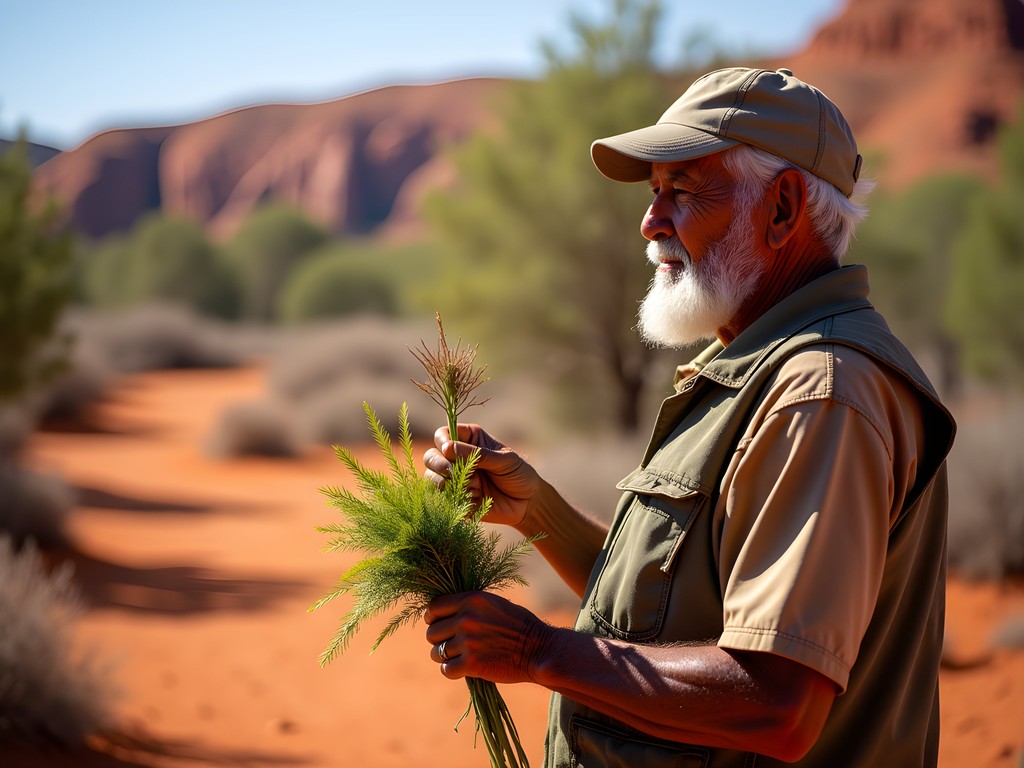
💡 Pro Tips
- Visit the Desert Park early morning or late afternoon when animals are most active
- Book the Aboriginal cultural tours in advance as they have limited spaces
- Bring good binoculars for wildlife spotting, especially during the bird show
Uluru: The Spiritual Heart of Australia
No journey to the Red Centre is complete without experiencing Uluru (Ayers Rock), though it requires planning from an Alice Springs base. I opted for a three-day side trip with a small tour group rather than self-driving the 450km journey. This decision proved wise, as our knowledgeable guide transformed the long drive into a fascinating lesson on desert ecology and cultural history.
Approaching Uluru for the first time is an experience that transcends words. This massive sandstone monolith rises 348 meters from the flat desert plain, its surface changing color throughout the day—from muted purple at dawn to blazing orange at midday, and finally to a deep, smoldering red at sunset. As an environmental scientist, I understood the geological processes that created this formation 550 million years ago. Yet standing before it, I felt something beyond scientific appreciation—a profound sense of time's immensity and our own beautiful insignificance.
Respecting the wishes of the Anangu people (the traditional owners), I chose not to climb Uluru (the practice is now banned) and instead participated in a guided base walk. Our Aboriginal guide, Sarah, shared Tjukurpa stories—the complex spiritual laws and creation narratives that explain the landscape's features. As we walked, she pointed out sacred sites, rock art, and native plants used for food and medicine.
For capturing the majesty of Uluru's changing colors, my camera filter proved invaluable, allowing me to balance the harsh desert light while maintaining the rich red tones that make these landscapes so distinctive. Fellow photographers might appreciate how it handles the extreme contrast between bright sky and shadowed rock faces.
The most magical moment came at the Field of Light installation—an art project by Bruce Munro featuring 50,000 solar-powered light stems that bloom as darkness falls across the desert. Standing alone amidst this sea of gentle, shifting colors with Uluru's silhouette in the background created a moment of perfect peace. As someone who has always appreciated the intersection of art and nature, this installation struck me as a beautiful metaphor for how human creativity can enhance rather than dominate natural landscapes.
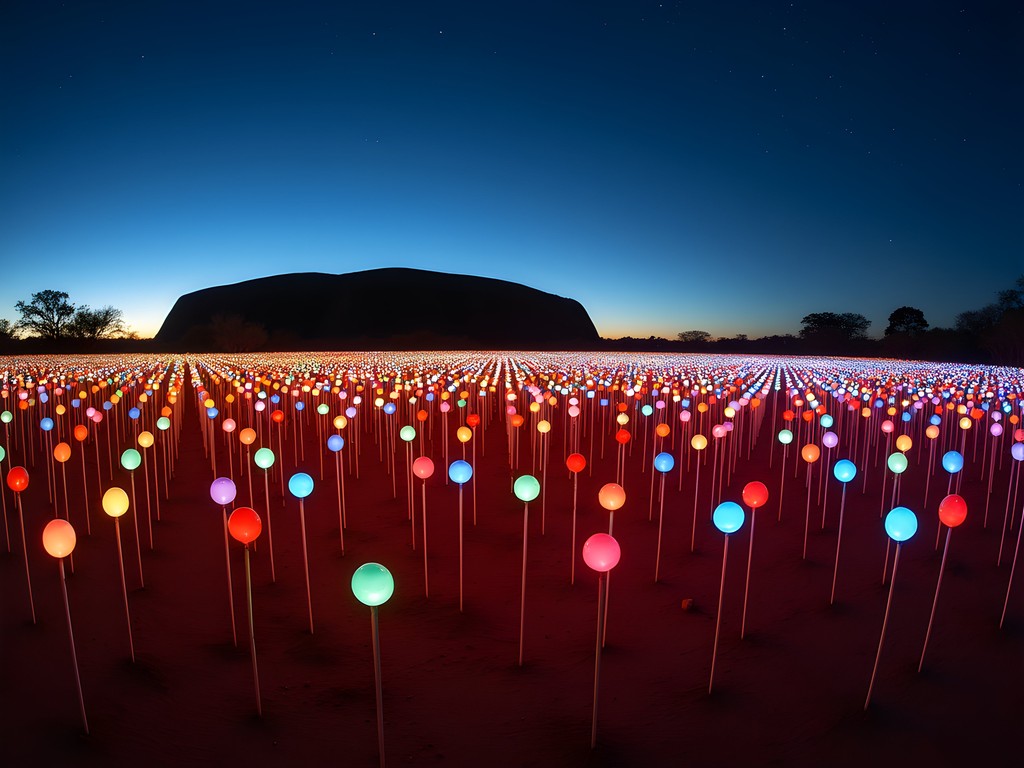
💡 Pro Tips
- Book Uluru tours well in advance, especially during peak season
- Pack a refillable water bottle with at least 2L capacity for desert walks
- The Sounds of Silence dinner under the stars is expensive but offers an unforgettable cultural and astronomical experience
West MacDonnell Ranges: A Geologist's Paradise
Returning to Alice Springs, I dedicated several days to exploring the West MacDonnell Ranges—a series of spectacular gorges, waterholes, and ancient geological formations that stretch 161km west of town. While organized tours are plentiful, I opted to rent a small 4WD vehicle, allowing me the freedom to linger at sites that particularly captured my scientific curiosity.
The geological story told by these ranges is simply extraordinary—a narrative of mountain building, erosion, and the inexorable forces that have shaped our planet over hundreds of millions of years. At Standley Chasm (Angkerle Atwatye), I timed my visit for midday when sunlight floods the narrow gap between towering red cliffs, creating a spectacular light show. The 20-minute walk to the chasm follows a creek bed shaded by ancient cycads—living fossils that have remained virtually unchanged for 250 million years.
Simpsons Gap, just 18km from Alice Springs, offered my first glimpse of the rare black-footed rock wallabies that inhabit these ranges. Their ability to navigate seemingly sheer cliff faces with effortless bounds speaks to the remarkable adaptations that allow wildlife to thrive in these extreme environments.
Ellery Creek Big Hole provided not just geological wonder but welcome relief from the desert heat. This permanent waterhole, nestled between quartzite cliffs, remains cold year-round—a refreshing shock to the system when you brave a quick swim. Sitting on the sandy beach afterward, I watched desert finches dart between river red gums while documenting plant species in my field notebook.
For serious hikers, the Larapinta Trail that runs through these ranges offers one of Australia's premier long-distance walking experiences. While my itinerary didn't allow for the full 223km trek, I completed the 8km section from Serpentine Gorge to Counts Point. The panoramic views from this high ridgeline reveal the full majesty of the MacDonnell Ranges stretching to the horizon—folded, buckled, and eroded into a testament of Earth's dynamic forces.
For these day hikes, my hiking boots proved their worth yet again. The ankle support and grip were crucial on the rocky terrain, while the waterproof membrane kept my feet dry during creek crossings. After six years and countless miles across four continents, they remain my most trusted footwear for challenging landscapes.

💡 Pro Tips
- Carry more water than you think you'll need—the dry air increases dehydration risk dramatically
- Visit Standley Chasm at midday (11am-1pm) for the best light show effect
- The Ochre Pits are sacred to Aboriginal people—appreciate their cultural significance and never remove any material
Aboriginal Art and Culture: Beyond the Landscape
While Alice Springs' natural wonders captivated the scientist in me, it was the region's rich Aboriginal culture that provided the journey's emotional core. The town serves as an important hub for indigenous art from remote communities across Central Australia, offering visitors unparalleled access to one of the world's oldest continuous artistic traditions.
At the Araluen Arts Centre, I spent hours absorbing the vibrant dot paintings, intricate wood carvings, and contemporary mixed-media works that tell Dreamtime stories and map ancestral connections to Country. The Albert Namatjira Gallery particularly moved me—his Western-style watercolor landscapes of his homeland challenged colonial perceptions of Aboriginal art while maintaining deep cultural connections to place.
For a more immersive experience, I joined a cultural tour at the Alice Springs Desert Park led by Arrernte guides. Beyond explaining bush tucker and traditional tools, our guide Frank shared perspectives on contemporary issues facing Aboriginal communities and the ongoing importance of maintaining cultural knowledge in modern Australia. His stories about reading the landscape—identifying subtle signs of water, animal movements, and changing seasons—reminded me of the deep ecological understanding that indigenous cultures worldwide have developed through millennia of observation.
One afternoon, I visited Tjanpi Desert Weavers, a social enterprise supporting women artists from 26 remote communities who create stunning contemporary fiber art using native grasses and other natural materials. Watching master weavers transform spinifex grass into intricate animal sculptures was mesmerizing—their hands moving with practiced precision while they shared stories and laughter.
The highlight was participating in a dot painting workshop at Mbantua Gallery, where I gained new appreciation for the technical skill and cultural knowledge embedded in this art form. My instructor, an artist named Dorothy, patiently explained how traditional symbols represent water sources, animal tracks, and gathering places, while contemporary artists innovate within these established visual languages. My own humble attempt at creating a small canvas now hangs in my Henderson home—a daily reminder of connections between art, environment, and cultural knowledge.
For anyone interested in Aboriginal art, I recommend bringing a art reference book to deepen your understanding of regional styles and symbolic meanings. This comprehensive guide helped me appreciate the sophistication and diversity of indigenous Australian art traditions beyond surface aesthetics.
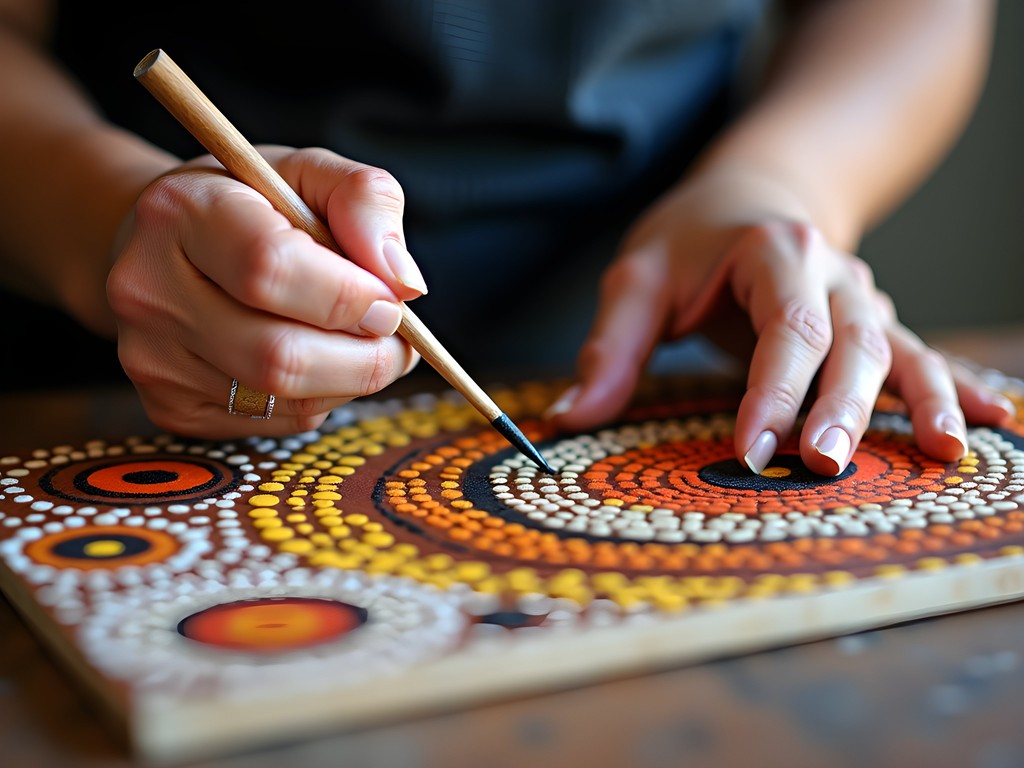
💡 Pro Tips
- Always ask permission before photographing Aboriginal people or their artwork
- Purchase art from reputable galleries that ensure fair payment to artists
- Take time to learn the stories behind the artworks—they often contain complex ecological and cultural knowledge
Stargazing and Night Walks: The Desert After Dark
Perhaps the most profound moments of my Red Centre journey came after sunset, when the desert reveals an entirely different character. With minimal light pollution and extraordinarily clear air, Central Australia offers some of the world's most spectacular stargazing opportunities—a fact I was eager to experience as someone who has always been fascinated by astronomy alongside my environmental studies.
I joined Earth Sanctuary's Spirit of the Outback tour, led by the Falzon brothers who combine Aboriginal astronomical knowledge with Western science. As darkness fell completely, the Milky Way emerged with breathtaking clarity—a river of stars so dense and bright it cast faint shadows across the red earth. Through powerful telescopes, we observed Saturn's rings, Jupiter's moons, and distant nebulae while learning how Aboriginal people incorporated celestial navigation into their songlines and seasonal calendars.
The Southern Hemisphere's night sky offered constellations entirely new to my Northern eyes—the Southern Cross, the Coal Sack nebula, and the Magellanic Clouds (nearby dwarf galaxies visible to the naked eye). Most fascinating were the Aboriginal interpretations of these celestial features, which differ dramatically from Greek-derived Western constellations. Where we see Orion, the Arrernte people see the Mingari, ancestral hunters chasing celestial prey across the night sky.
For self-guided stargazing adventures, I found my star chart invaluable for identifying Southern Hemisphere features. Its waterproof pages and red-light-friendly design made it perfect for desert nights.
Beyond astronomy, nocturnal wildlife tours revealed the desert's secret life after dark. At Alice Springs Desert Park, night walks with specialized guides uncovered creatures I'd never have spotted alone—burrowing frogs emerging after rainfall, gecko species hunting insects attracted to flowering plants, and the silent hunting flights of owls. Using red-filtered flashlights to minimize disturbance, we observed these animals' natural behaviors while learning about their remarkable adaptations to desert conditions.
One unforgettable evening, I joined a small-group tour to Simpsons Gap for a sunset picnic that extended into early evening. As daylight faded, black-footed rock wallabies emerged from hiding spots in the cliff faces, while the gorge's acoustics amplified the calls of night birds. Our guide explained how nocturnal animals navigate using senses beyond vision—from the echolocation of microbats to the sensitive whiskers of native marsupials feeling vibrations through the ground.
These night experiences reinforced what I've observed throughout my scientific career—that understanding any ecosystem requires seeing it through multiple lenses and across different timeframes. The seemingly harsh desert revealed itself as a place of surprising abundance and adaptation when viewed through the right eyes at the right moments.

💡 Pro Tips
- Pack a small red-light headlamp to preserve your night vision during stargazing
- Book night tours around the new moon for optimal star visibility
- Bring warm layers—desert temperatures can drop dramatically after sunset, even in summer
Final Thoughts
As my two weeks in the Red Centre drew to a close, I found myself changed in ways I hadn't anticipated. This solo journey through one of Earth's most ancient landscapes had reconnected me with the core values that drove me to environmental science decades ago—wonder, curiosity, and deep respect for the interconnectedness of all living systems. The vastness of the Outback, far from making me feel isolated, fostered unexpected connections—with fellow travelers sharing sunset views at Uluru, with Aboriginal elders generously sharing cultural knowledge, and with the land itself through silent moments of observation.
For those considering their own solo adventure to Alice Springs and beyond, I can only encourage you to embrace both the physical and cultural landscapes with equal enthusiasm. Allow yourself time for scientific appreciation of the geological wonders, but also open your heart to the spiritual dimensions that Aboriginal culture offers. In our increasingly fragmented world, the Red Centre provides a rare opportunity to experience wholeness—a place where science, art, culture and personal reflection can coexist in perfect harmony. The desert's greatest gift may be its reminder that connection is possible even in the most seemingly solitary places.
✨ Key Takeaways
- Combine guided cultural tours with solo exploration for a balanced experience of the Red Centre
- The apparent harshness of the desert conceals extraordinary biodiversity and cultural richness when you know where to look
- Winter (June-August) offers ideal conditions for exploring Alice Springs and surroundings
📋 Practical Information
Best Time to Visit
Australian winter (June-August)
Budget Estimate
$150-250 AUD per day including accommodation, food, and activities
Recommended Duration
Minimum 10 days, ideally 2 weeks
Difficulty Level
Moderate (Challenging In Summer Months)

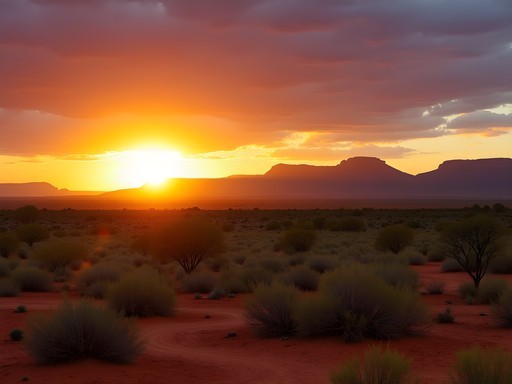
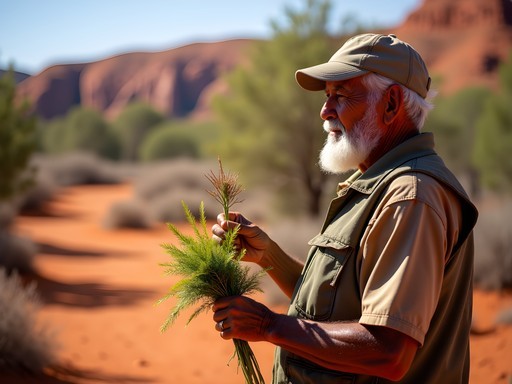

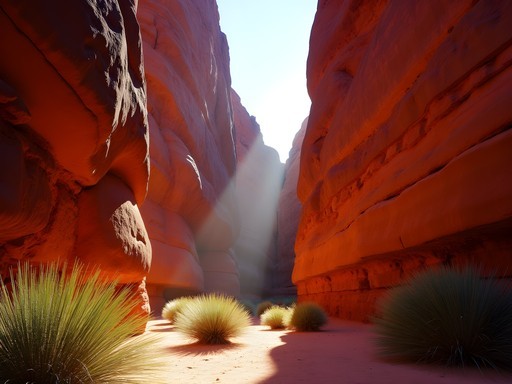
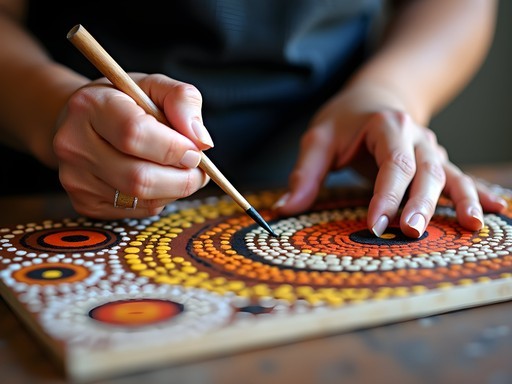
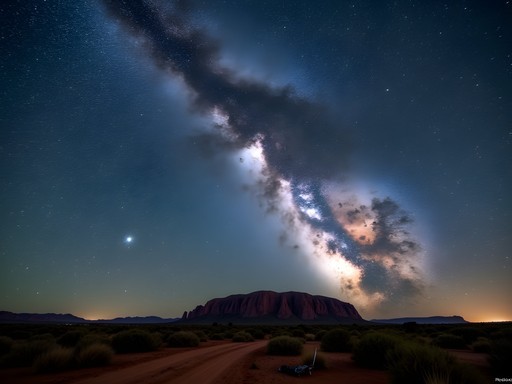


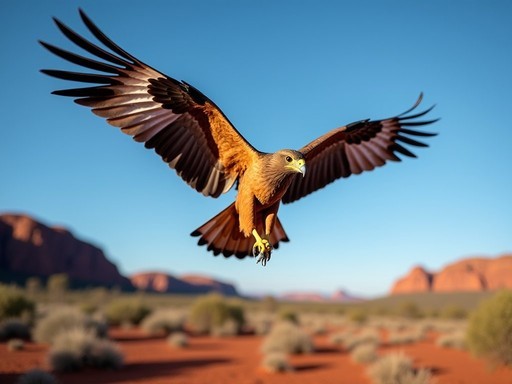
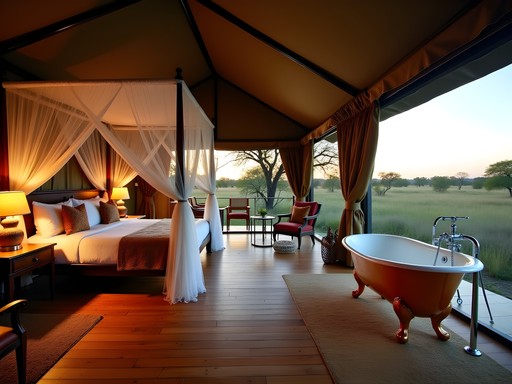


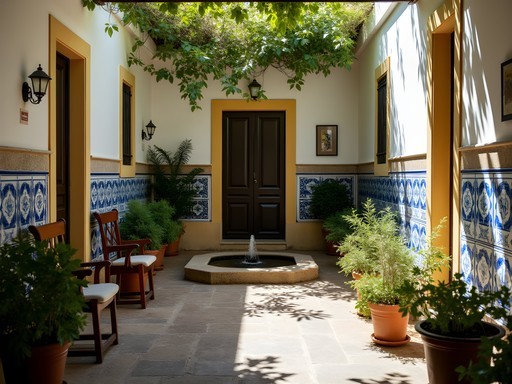
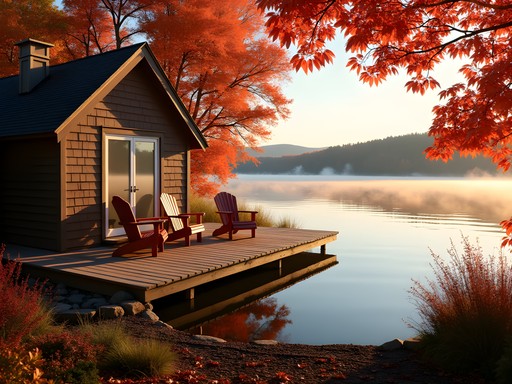
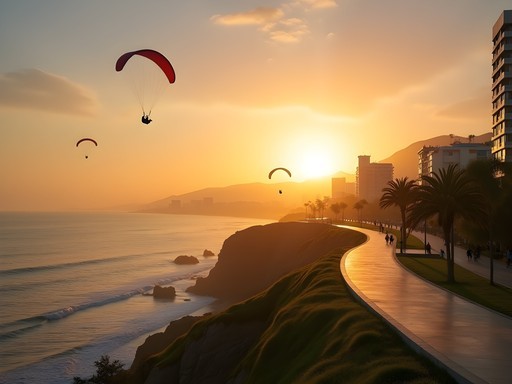
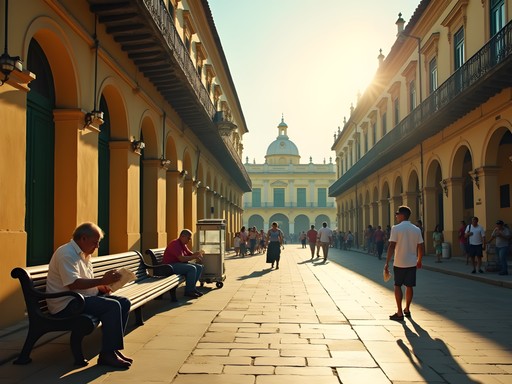
Comments
OutbackDreamer
Your photos are incredible! What camera did you use?
Ryan Sanders
Thanks! Just my trusty old Sony A7III with the 24-70mm lens. The light out there does all the work - I just had to press the button at the right moment!
TravelingTeacher92
How many days would you recommend for Uluru and surroundings? I only have a week for my entire Australia trip next year, but your post makes me want to spend more time in the Red Centre!
Ryan Sanders
If you only have a week total for Australia, I'd say 3 days minimum for Uluru-Kata Tjuta. You need at least one full day for Uluru itself, another for Kata Tjuta, and ideally a third for Kings Canyon if possible. The magic happens at sunrise and sunset, so you need enough time to experience both!
summerlegend
I'd agree with Ryan - 3 days minimum. But honestly, with just a week for all of Australia, it's tough. The distances are MASSIVE. You might want to pick either the Red Centre OR another region, rather than trying to do both. Australia rewards slow travel!
beachway
Those stars in your night sky photo... WOW! Never seen anything like that before.
Savannah Walker
Ryan, your post captures the soul of the Red Centre so beautifully! I spent a month exploring the area last year, and that feeling of isolation mixed with profound connection is something I still struggle to put into words. The Desert Park section of your post particularly resonated - those nocturnal tours are incredible, right? I learned so much about how the indigenous communities have thrived in such harsh conditions for thousands of years. For anyone heading there, I highly recommend bringing a good wide-brim hat - the sun is absolutely merciless even in winter. And definitely take the time to learn about the indigenous perspective through guided tours led by Aboriginal guides - it completely transforms how you see the landscape.
beachway
Is it safe for solo female travelers? Been wanting to go forever but a bit nervous about being alone in such remote areas.
Savannah Walker
@beachway Absolutely! I traveled solo and felt completely safe. The tourist areas are well-managed, and Alice Springs has plenty of solo travelers. Just use common sense like anywhere else. The biggest dangers are environmental - heat, dehydration, etc. - not people!
beachway
Thanks! That's really reassuring. Definitely adding it to my 2026 plans!
summerlegend
Your description of standing alone at Uluru at sunrise gave me goosebumps! I did a similar solo trip last year and that moment of watching the colors change across the rock face was absolutely transformative. Did you do the base walk? I found that to be even more powerful than viewing from a distance - something about being up close to those ancient formations really puts life into perspective. The West MacDonnell Ranges were a highlight for me too, especially Simpsons Gap!
Ryan Sanders
Thanks! Yes, I did the full base walk - started before dawn and took my time. Those ancient rock formations tell so many stories if you're willing to listen. Simpson's Gap was magical too, especially in that golden afternoon light!
beachway
How crowded was it? Planning to go next year.
summerlegend
@beachway I went in May and it wasn't bad at all. Sunrise had maybe 30-40 people spread out, but during the base walk I often had sections completely to myself. Just avoid school holidays!
freeone
Thanks for sharing! Just booked my flights after reading this! Can't wait to experience that 'profound humbling' you mentioned!
Casey Andersson
Ryan, your post beautifully captures the duality of solitude and connection that makes the Red Centre so special. I had a similar experience last year, though I opted for a bit more luxury with a stay at Longitude 131° facing Uluru. Waking up to that view from my bed was worth every penny! What struck me most was how the landscape changes throughout the day - the colors shifting with the light. Your section on the West MacDonnell Ranges brought back memories of swimming in those gorgeous gorges. For anyone heading there, Ormiston Gorge is an absolute must-visit, and try to catch a sunset at Simpsons Gap if you can. The way the light hits the red walls is pure magic.
oceanmate
Going to Alice Springs solo next month! Did you feel safe traveling alone in the outback? Any tips for a fellow solo traveler?
Ryan Sanders
Absolutely felt safe! Just the usual precautions - tell someone your plans, carry extra water (more than you think you need), and download offline maps. The locals are incredibly friendly and helpful. Enjoy your trip!
Hunter Thompson
Mate, your post captures the magic of the Red Centre perfectly! I backpacked through there last year and was equally blown away by the vastness. Alice Springs was such an unexpected gem - did you check out the Kangaroo Sanctuary? Absolute highlight for me! For anyone planning a similar trip, I'd recommend spending at least 3 days around Uluru-Kata Tjuta to really soak it all in. And pack a proper wide-angle lens for your camera - the landscape demands it! I used my travel tripod for some amazing night sky shots - the stars out there are INSANE without light pollution!
freeone
The night sky photos are what I'm most excited about! Going in May and can't wait to see those stars!
Hunter Thompson
You're in for a treat! May has perfect weather too - not too hot during the day and clear skies at night. Bring warm clothes though, it gets properly cold after sunset!
smartpro
Stunning photos! The colors of the outback are unreal.
Venture X
Premium card with 2X miles, $300 travel credit, Priority Pass